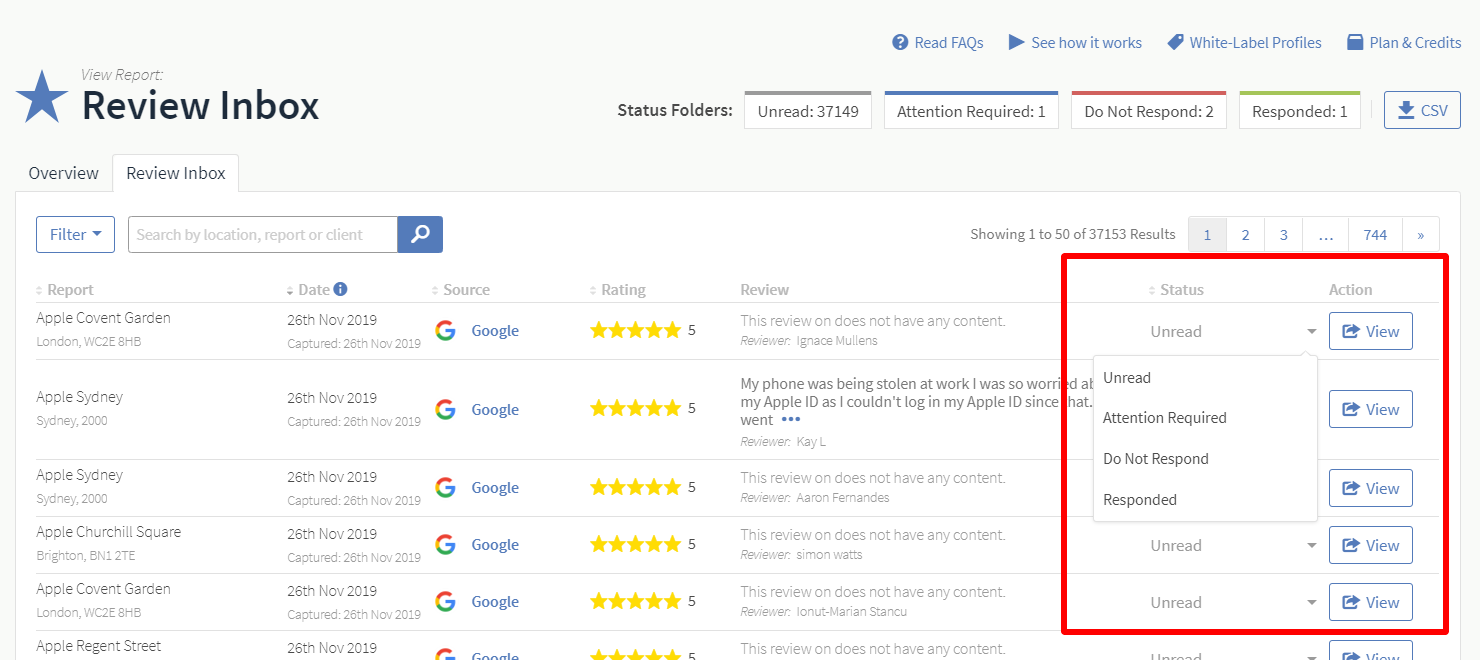

Inflation is the economy’s biggest problem, and its toll falls hardest on vulnerable families with little room to absorb higher costs.


Costs for airfares and used cars also dropped. The gasoline index dropped 10.6% as prices at the pump fell off their summer highs. “We’re seeing services that aren’t housing, that aren’t energy services, that the inflation rate is picking up, and that worries people because that indicates higher entrenched inflation,” Stevenson said. Prices for water and trash collection services, hospital services and prescription drugs also picked up. Costs for housing, medical care, new cars and household furnishings were all up compared with the month before. The Fed and some economists prefer to focus on a measure of inflation known as “core inflation,” which strips away more volatile categories such as food and energy.īut even that gauge came in hotter than expected and reflected added strain in people’s everyday lives. Flour was up 2.2%, potatoes 2.5%, butter 1.9% and canned fruit 3.4%. The food index rose 11.4% over the past year, the largest 12-month increase since May 1979.įood prices were up 0.8% just in the past month. The monthly CPI report released Tuesday did not offer much reassurance that August brought major progress. Looking ahead, officials are also growing concerned about how the global fight to tame inflation could be thwarted by a looming energy crisis in Europe, amid Russian President Vladimir Putin’s threats to force a bleak winter on the continent. Policymakers, economists and the American public are eager for consistent signs that inflation peaked this summer after soaring to the highest level in 40 years, squeezing households’ budgets on everything from groceries to medical care. The stock market fell sharply on the news, as investors fretted that the new data would embolden Federal Reserve officials to continue raising interest rates next week in an effort to slow inflation down. “If there’s no real progress, then that says, ‘Does the Fed need to take stronger action?’ And if the Fed needs to take stronger action, what does that mean for the risk to peoples’ livelihoods?” “We thought we’d see inflation start to come down, and instead what we’ve seen is inflation really sort of entrenched,” said Betsey Stevenson, professor of public policy and economics at the University of Michigan and a former member of the White House Council of Economic Advisers. The overall figure was lower than the inflation rate notched in the previous two months, but still higher than expected given the sharp decrease in gasoline prices in recent weeks. It showed that prices were up 8.3% in August compared with 12 months earlier, higher than analysts expected. The figures came from the Bureau of Labor Statistics, which released its monthly Consumer Price Index. Consumer prices in August climbed 0.1% compared with the month before, as food and housing costs pushed higher for millions of Americans.Ī number of economists had been hopeful that falling energy prices in recent weeks would be enough to finally cool inflation, but government data released Tuesday showed how large price increases continue to persist on core items that make up a central part of most families’ budgets.


 0 kommentar(er)
0 kommentar(er)
